
Articles on Traffic congestion
Displaying 41 - 60 of 65 articles

One potential benefit of WestConnex, which remains untouched, is that it could relieve Sydney’s city centre from cars and make it more pedestrian-friendly.
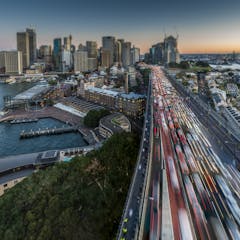
Traffic congestion is the main cost that cars create when they use existing roads. Road use charges are a more efficient and fairer way to cover the cost and help ensure traffic flows.
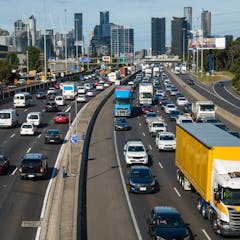
A city-wide experiment suggests well-designed road use charges could ease congestion by encouraging people to drive at different times, take other routes or use other transport.
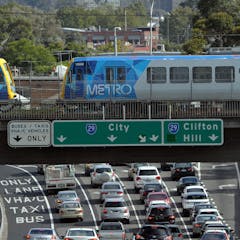
Instead of focusing on freeways, governments should change the way we pay for urban roads and public transport.

The evidence suggests a small investment in cycling infrastructure, combined with less punitive policing, would enable more Australians to escape daily traffic congestion.

Australians are crying out for political leadership. One way our leaders can redeem themselves is by getting to work on a complete shake-up of how we pay for and use transport infrastructure.

Melbourne’s proposed road project relies on assumptions that inflate estimates of the traffic the new link will carry – but other choices about the future of transport are open to us.

For Melbourne drivers who comfort themselves with the thought that traffic congestion is worse in Sydney, sorry but new analysis shows overall delays are similar, but some commutes are especially bad.

Successful policy interventions, especially those in the social realm influenced by the vagaries of human behaviour, don’t seem to travel well.

A combination of transit-oriented centres, inclusionary zoning and a special rate on land instead of stamp duty could make housing more affordable by cutting congestion, development and travel costs.

The new NSW premier is right to identify housing affordability as a priority for the people and economy of Sydney. It’s not just housing supply that’s the problem – action is needed on many fronts.

Driverless cars are the future, right? Wait. While things would be simple if our roads were 100% driverless, getting there is anything but. And planning for roads shared by robots and humans is hard.

Charging people to drive has been the dream of policy wonks – serving politicians tend to see it as political poison. So when federal minister Paul Fletcher raises it, that’s a step forward.

Bigger cities increase wages, output and innovation, but also problems of congestion and pollution. Congestion charges can minimise these problems by dramatically improving traffic flows.
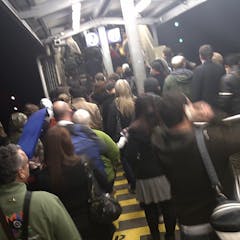
Using elements of game play, we can create incentives for people to change how and when they make various transport choices in ways that enable the whole system to work better.

Sydney, as a whole, is lurching toward an urban structure where its transportation problems are impossible to solve. The only alternative is to create new centres of employment.

The ‘30-minute city’ goal is about more than urban rail and other transit projects. It means transforming our cities into centres of activity where work, study and services are all close by.
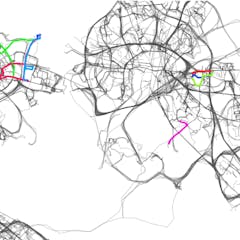
No wonder you’re always late. Drivers use a route that minimizes travel time on only a third of their trips. Here’s how real-world data can help planners fight traffic congestion.

On average, people won’t accept a commuting time of more than an hour. As cities grow ever bigger, new road projects can’t achieve this, yet policymakers still rely on modelling that defies evidence.

Once a new road opens, people switch back to cars and congestion increases back to a steady-state point of gridlock. For lasting effectiveness, policy needs to include congestion charges and better rail services.
